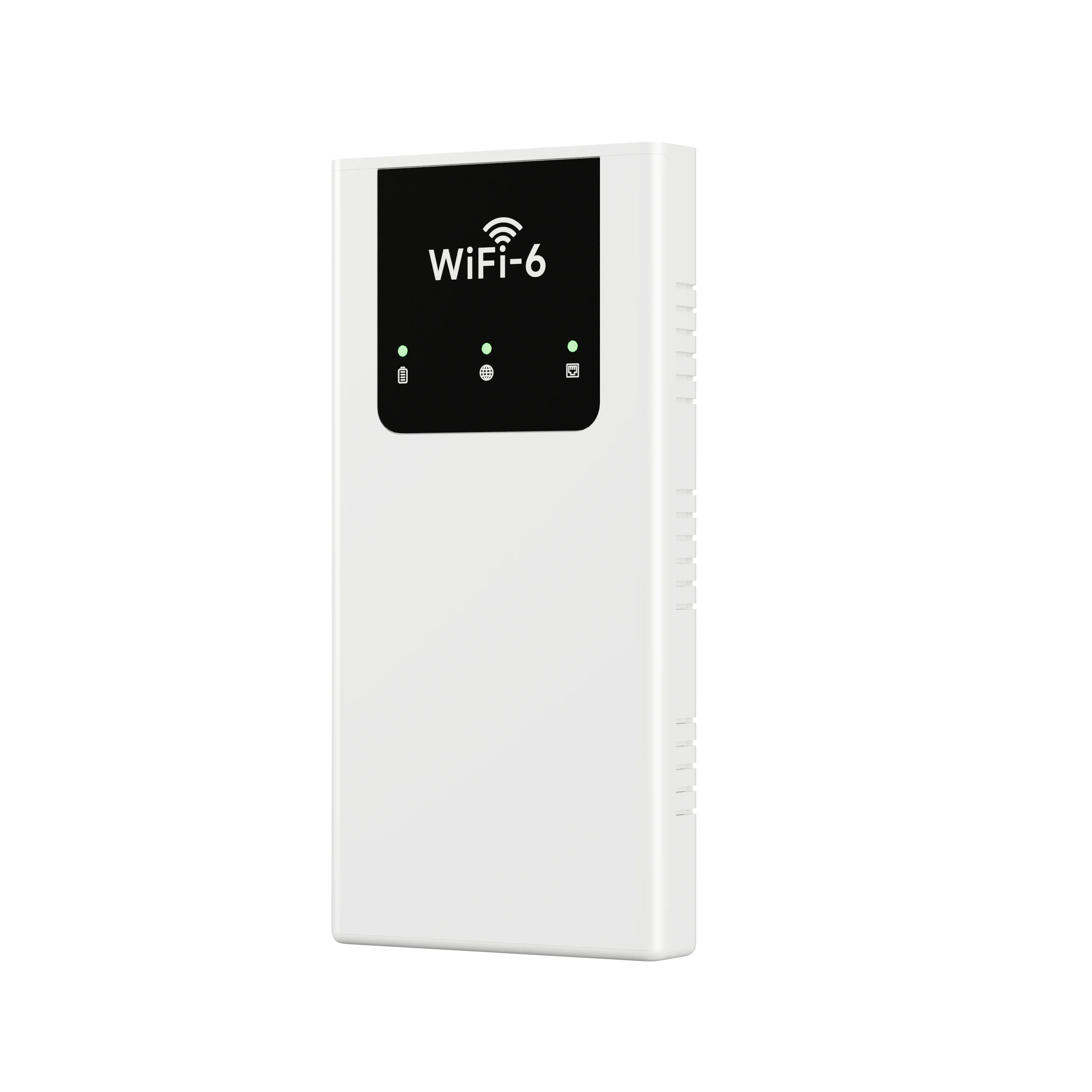Diagnosing Control Board Failures: A Comprehensive Guide to Identifying Faulty Circuitry
When it comes to electronic devices, the control board is often the brain that orchestrates various functions and operations. Whether in home appliances, industrial machinery, or automotive systems, a malfunctioning control board can lead to significant operational issues. Understanding how to tell if a control board is bad is crucial for timely repairs and maintaining efficiency. This article will delve into the signs of a failing control board, diagnostic methods, and preventive measures to ensure longevity.
Understanding the Role of a Control Board
Before diving into diagnostics, it's essential to understand what a control board does. A control board, or control circuit, is responsible for managing inputs and outputs within a device. It processes signals from sensors, executes commands, and communicates with other components. Given its pivotal role, any failure in the control board can disrupt the entire system.
Common Symptoms of a Bad Control Board
- Unresponsive Device: One of the most apparent signs of a failing control board is a complete lack of response from the device. If your appliance or machinery fails to power on or respond to commands, the control board may be at fault.
- Erratic Behavior: Devices exhibiting unpredictable behavior—such as turning on and off randomly, displaying error codes, or malfunctioning in specific modes—often indicate a control board issue. These erratic signals can stem from faulty circuitry or damaged components.
- Burnt Smell or Visible Damage: A burnt smell emanating from the device or visible signs of damage, such as burnt traces or swollen capacitors on the control board, are clear indicators of failure. These physical signs often suggest overheating or electrical shorts.
- Inconsistent Performance: If a device operates intermittently or fails to perform as expected, it may be due to a control board malfunction. For instance, a washing machine that fails to complete cycles or an HVAC system that does not maintain temperature could be symptomatic of control board issues.
Diagnostic Methods for Control Board Failures
- Visual Inspection: Begin with a thorough visual inspection of the control board. Look for burnt components, corrosion, or loose connections. Pay special attention to capacitors, as they are often the first to fail.
- Multimeter Testing: Use a multimeter to test the voltage and continuity of various components on the control board. Check for proper voltage levels at input and output terminals. If the readings are inconsistent with the manufacturer's specifications, the control board may be defective.
- Component Testing: Isolate and test individual components, such as relays, diodes, and transistors, to determine if they are functioning correctly. A faulty component can often lead to control board failure.
- Software Diagnostics: For modern devices, software diagnostics can provide valuable insights. Many appliances come equipped with self-diagnostic features that can reveal error codes related to control board malfunctions. Refer to the user manual for specific troubleshooting steps.
- Replacement Testing: If feasible, replace the control board with a known good unit. If the device functions correctly with the new board, it confirms that the original control board was faulty.
Preventive Measures to Extend Control Board Life
- Regular Maintenance: Schedule regular maintenance checks for your devices. Cleaning dust and debris from control boards can prevent overheating and prolong their lifespan.
- Surge Protection: Use surge protectors to safeguard electronic devices from voltage spikes, which can damage control boards.
- Temperature Control: Ensure that devices are operated within their specified temperature ranges. Excessive heat can lead to premature failure of electronic components.
- Quality Components: When replacing a control board, opt for high-quality components that meet or exceed the original specifications. This can help prevent future failures.
Conclusion
Identifying a bad control board is crucial for maintaining the functionality of electronic devices. By recognizing the symptoms of failure and employing effective diagnostic methods, you can save time and resources on repairs. Additionally, implementing preventive measures can significantly extend the life of your control boards, ensuring that your devices operate smoothly for years to come. Whether you are a DIY enthusiast or a professional technician, understanding how to tell if a control board is bad is an invaluable skill in today’s technology-driven world.
